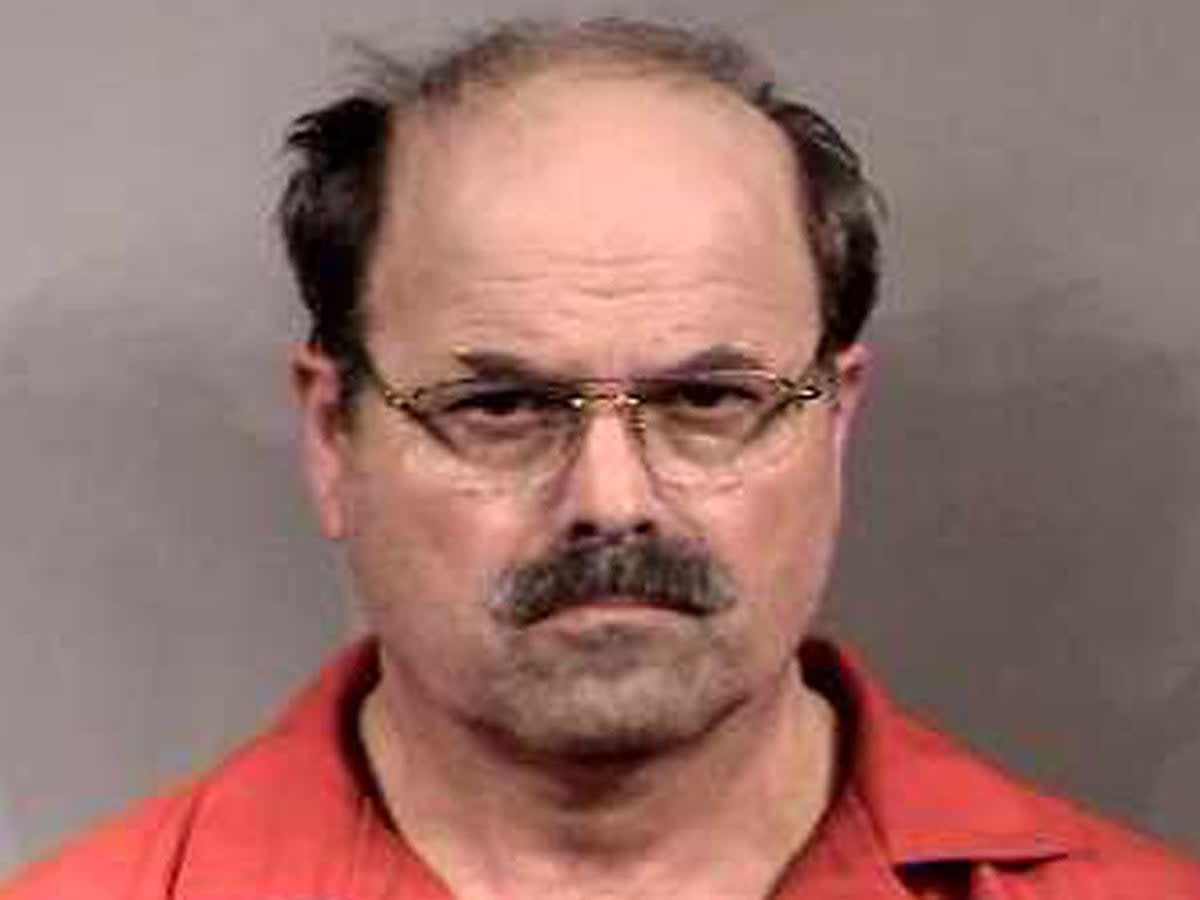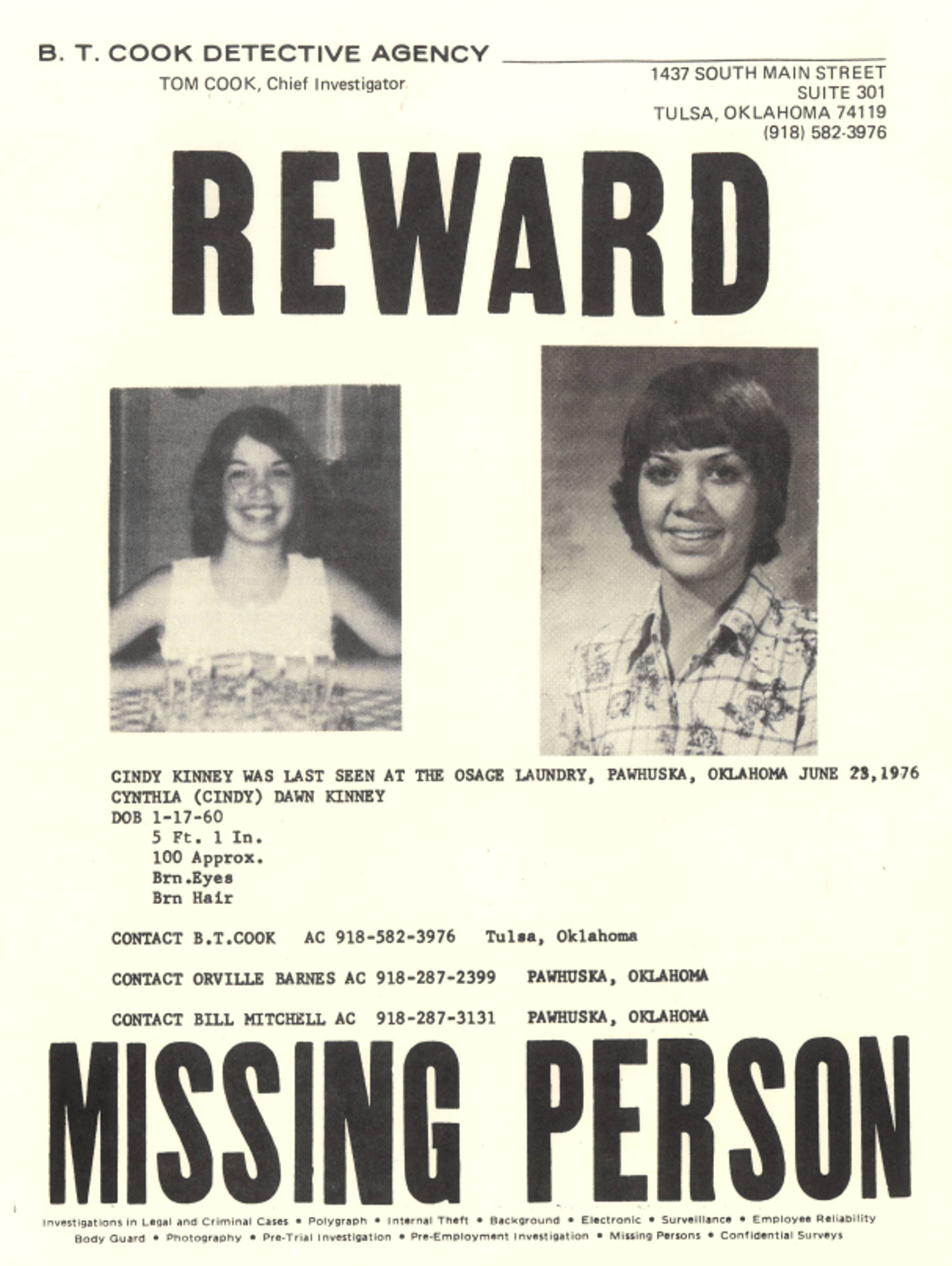BTK killer Dennis Rader is potentially linked to five new murders, daughter says
BTK serial killer Dennis Rader, who is currently serving prison time for the murders of 10 people, is now being investigated for his alleged involvement in at least two unsolved murders and missing persons cases - but his daughter says there appear to be many more.
“Brace. This is just beginning,” Kerri Rawson wrote in a post on X, formerly Twitter, as details of her father’s reign of terror continued to emerge. “We will get answers for these families.”
Several cases are being re-examined based on the trove of writings, which documented his crimes and fantasies, many described as projects, along with other materials, were seized after Rader’s arrest in 2005.
Now, nearly a decade after his incarceration, Rader’s twisted appetite for hoarding “trophies” from his victims has led authorities to name him as the number one suspect in the 1976 disappearance of 16-year-old cheerleader Cynthia Dawn Kinney in Pawhuska, Oklahoma. The case is referred to by Rader in his journals as “PJ Bad Wash Day.”
He has also been named as the “prime suspect” in the 1990 murder of Shawna Beth Garber, a 22-year-old woman in McDonald County, Missouri.
Radar, who gave himself the nickname BTK, which stands for “Bind, Torture, Kill,” is behind bars at the El Dorado Correctional Facility maximum security prison in Kansas. The now-78-year-old has refused to cooperate with authorities in return for amnesty.

His daughter, who said she is assisting law enforcement with some of the unsolved cases, posted online a rough list of five cases that are possibly attributed to her father, who she described in a recent tweet as a pathological liar, narcissist, sexual sadistic psychopath, and a predator.
In addition to the Kinney case and the Garber case, there is another missing woman from Hays, Kansas, in 1983, referred to as “PJ Prairie” in Rader’s journals, and an unsolved murder in Kansas referred to as ‘Project Bell.”
A unsolved violent crime in Oklahoma, known as ‘Oklahoma case #2,’ is also being looked at.


“Folks at this point on-record we’re looking at 5 unsolved missing persons / murdered possibly attributed to Dad,” she wrote, adding that she will do what she can for the victims.
“We will do this carefully, meticulously, this is a multi-agency endeavor. I’m a tiny cog in all this.”
It comes as chilling polaroids resurfaced that Rader allegedly took of himself dressed as the victims and posed in disturbing positions that depict torture and murder.
Osage County Sheriff Eddie Virden weighed in on the photos on "Banfield” this week, confirming they first reviewed a series of nine photos that showed articles from the victims from three different “projects.” The articles included a red blanket and black blouse.
On Tuesday 22 August, deputies from Oklahoma’s Osage County Sheriff’s Office dug up Rader’s former home in Park City, a suburb of Wichita, where he lived throughout his murderous spree.
Folks at this point on-record we’re looking at 5 unsolved missing persons / murdered possibly attributed to Dad.
- Kinney, 76, OK / PJ Bad Wash Day
- Missing Woman, Hays, KS 83 / PJ Prairie
- Garber, MO, 90 / PJ Mossy Lake
- Unsolved murder KS / Project Bell
- Oklahoma… https://t.co/3eCUDhlbVC— Kerri Rawson (@KerriRawson) August 29, 2023
The Osage County Sheriff’s Department found several items of interest, including “pantyhose ligature” authorities believe were used to strangle one of his victims.
Ms Rawson spoke on the Surviving the Survivor podcast Tuesday where she said her father has remained silent since his yard was dug up.
“Through the investigation, we developed information of some possible trophies of Dennis Rader’s, and we followed up on those leads and worked with Park City,” Sheriff Eddie Virden told Fox News Digital.
“One of the items we recovered at that time was what appears to be a pantyhose ligature,” he added. The items were turned over to investigators from the Kansas Bureau of Investigation for further analysis.
The next day, Osage County undersheriff Gary Upton released a statement naming Rader as the prime suspect in at least two unsolved murders.
Rader’s daughter continues to post updates on Twitter and spoke on the Surviving the Survivor podcast Tuesday where she said her father has remained silent since deputies dug up his yard.
“Are there more than 10? That’s the question of the hour,” she wrote on Twitter. “Maybe of the decade. Maybe my next 55 years.”

Who is the BTK killer?
Rader, born in Kansas in 1945, harboured sadistic fantasies about torturing and killing women from a young age.
His killing spree began in January 1974, when he committed his first known murders of Joseph Otero, 38, Julie Otero, 33, and two of their five children, Joseph Otero Jr. and Josephine Otero, who were 9 and 11 years old, respectively.
Just months later, in April 1974, Rader killed 21-year-old Kathryn Bright, in the same way he did the Otero family, binding her, strangling her, and then killing her.
At his trial years later, he would describe how he stalked his victims before deciding to kill him. The plans of murder were referred to as “projects.” And if one didn’t work out, he’d move on to the next one.
“If you’ve read much about serial killers, they go through what they call different phases,” he said during his trial. “In the trolling stage, basically, you’re looking for a victim at that time. You can be trolling for months or years, but once you lock in on a certain person, you become a stalker.”
In 1977, BTK killed two more women, Shirley Vian and Nancy Fox, and claimed responsibility for the crimes in a letter sent to Wichita television station KAKE.
In a separate letter sent to the media, Rader demanded attention and suggested possible names he should be known by, including BTK.
He toyed with investigators for years by sending cryptic messages to police and media boasting of his kills.
He committed further murders in 1985 and in 1988, when he killed Marine Hedge and Vicki Wegerle. His 10th murder was Dolores E. Davis in January 1991.
In 1988, Rader sent a letter to the Fager family in Wichita after several of their family members had been murdered. He denied committing the crime, but credited the killer with having done “admirable work”. The suspect in that case remained to be William Buttersworth.
Outwardly, he had lived a normal life as the respected president of Christ Lutheran Church in Wichita and a Cub Scout leader.
Rader married Paula Dietz in 1971, and the couple had two children Brian Rader, born in 1973, and Kerri Rawson, born in 1978.
In 2005, Rader was finally caught after a floppy disk he had sent to a Kansas TV station was traced to a computer at his church.
He confessed to 10 murders and was sentenced to life imprisonment without the possibility of parole for 175 years.
